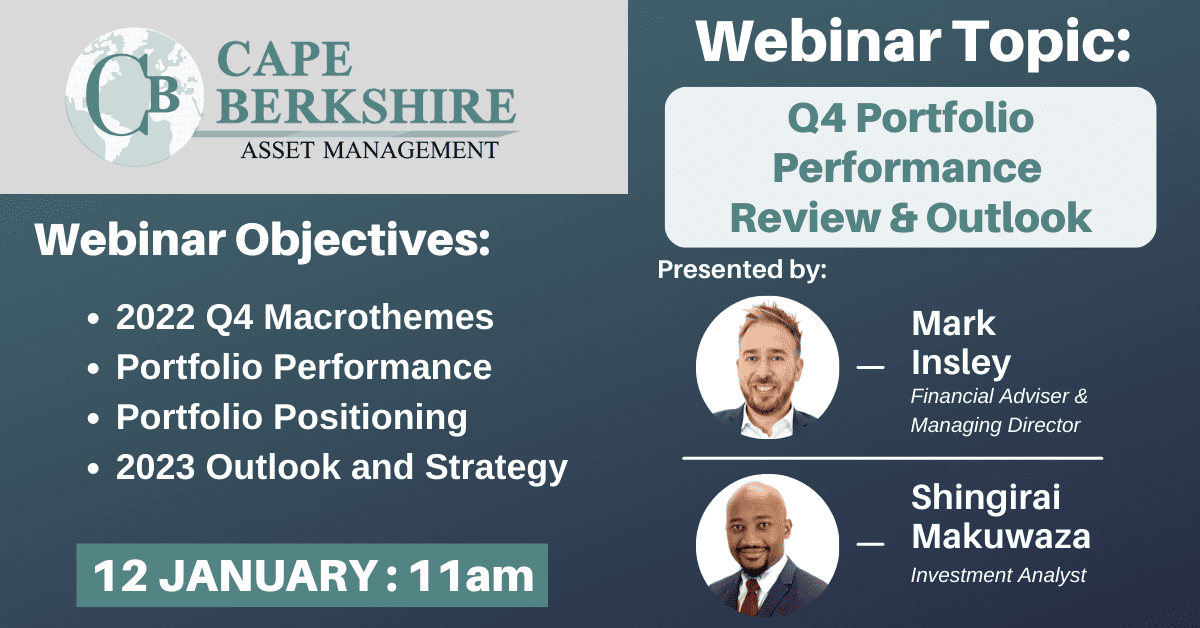New Year's Resolutions
As we come to the end of a turbulent financial year, I am setting myself some clear financial resolutions which can be easily adapted for a variety of different investors. I believe the key method to make sure your resolutions are achievable is to ensure they are realistic and show a definition of what is ‘successful’. As a student, I really do understand the difficulties anyone may come across when saving. Below I will outline some of mine or some ideas that you might find useful.

My first resolution is to set myself a monthly saving target. Look at your monthly income, either as an individual or household, and calculate a reasonable amount you would be able to save. I find that when I get my income for the month it works well to have a direct debit set up for this savings amount to send straight to a savings account which has some flexibility. This way I don’t then focus on the money in my savings account, and I can use my current account to budget myself. I would note here, it is important to ensure the savings accounts or investments that you are using are slightly flexible. That way, if you find your spending is higher than you thought, then you can easily take what you need out of your savings accounts and readjust your savings target for the next month.
Depending on the level of savings, an ISA might be the perfect wrapper to invest these regular savings in, to minimise taxation on your investment gains. With the introduction of lower dividend and CGT allowances in April 2023, ISAs are becoming especially helpful to mitigate taxation on gains from your savings. Every year, as an individual you could invest up to £1,666 a month an utilise your annual ISA allowance. While you’re saving this money, you may be looking to keep it as a financial safety net or invest to see the gains you can make. Alternatively, you may be saving up for a specific purchase. No matter how small or large the amount, this resolution can be a great way to keep your spending and savings on track.
My second resolution is to regularly check my current and savings accounts. Currently, as I have a student account, I have not been able to look around the market for better options. However, with the Bank of England increasing the base rate nine times consecutively, current and savings accounts are starting to continually increase interest rates after all the cuts in 2020. Therefore, one of my aims for the year is to regularly check the market for better interest rates to ensure I am earning money from all my accounts and keeping up with the best rates made available by banks. Some providers are even offering cash for switching to their accounts, making these market checks even more worthwhile. Others offer great interest for the first year which then drops, making it even more important to look around at least every year.
Finally, after inflation has exceeded 10% this year, I am looking to become more aware of my spending habits. For me this is to start budgeting, however, knowing how much you spend and on what can allow you to really enjoy what you buy and reduce your waste. Splitting your income into sections such as bills and necessities, gifts, and savings, you can become more aware of where you might be able to reduce unnecessary spending or waste. Personally, I want to try to budget how much I spend when out socialising. By giving myself a budget, I can enjoy myself, without worrying about how much I will have left to save. At home, I want to get back into meal plans, deciding what I will be cooking and going out to buy all I need for the week in one shop, so I know how much I expect to spend, and I won’t waste money on food I don’t need.
Ultimately, everyone is different. But the important thing is to know how much you want to save and how much you are happy to spend. Making your savings work for you through good interest rates or investments, depending on your risk tolerance and how often you need to be withdrawing funds over the year. But financial resolutions can work for everyone and may even help to reduce financial stress throughout the year. If you have any questions or want to implement a financial resolution with our help, then please contact us and we would be more than happy to speak to you.
Written by: Alice Frost
Date: 29 December 2022






